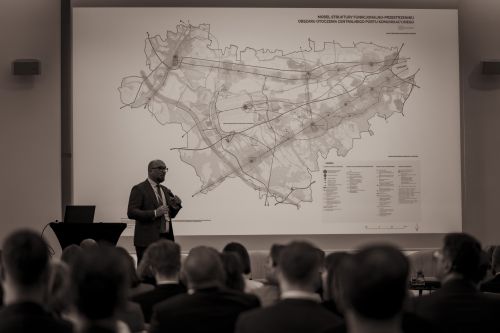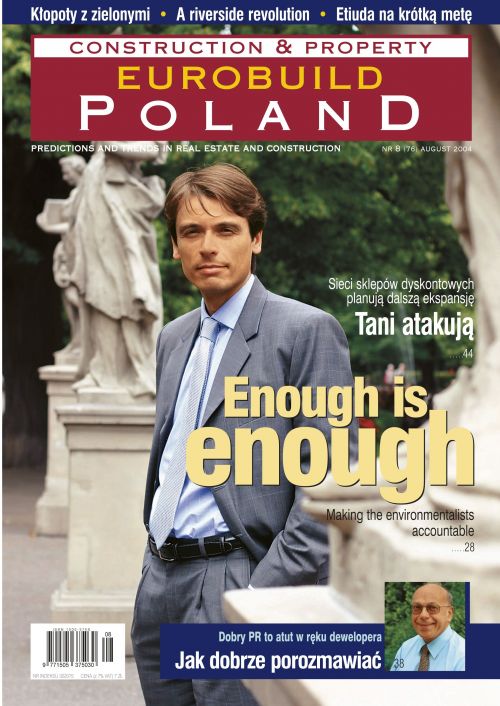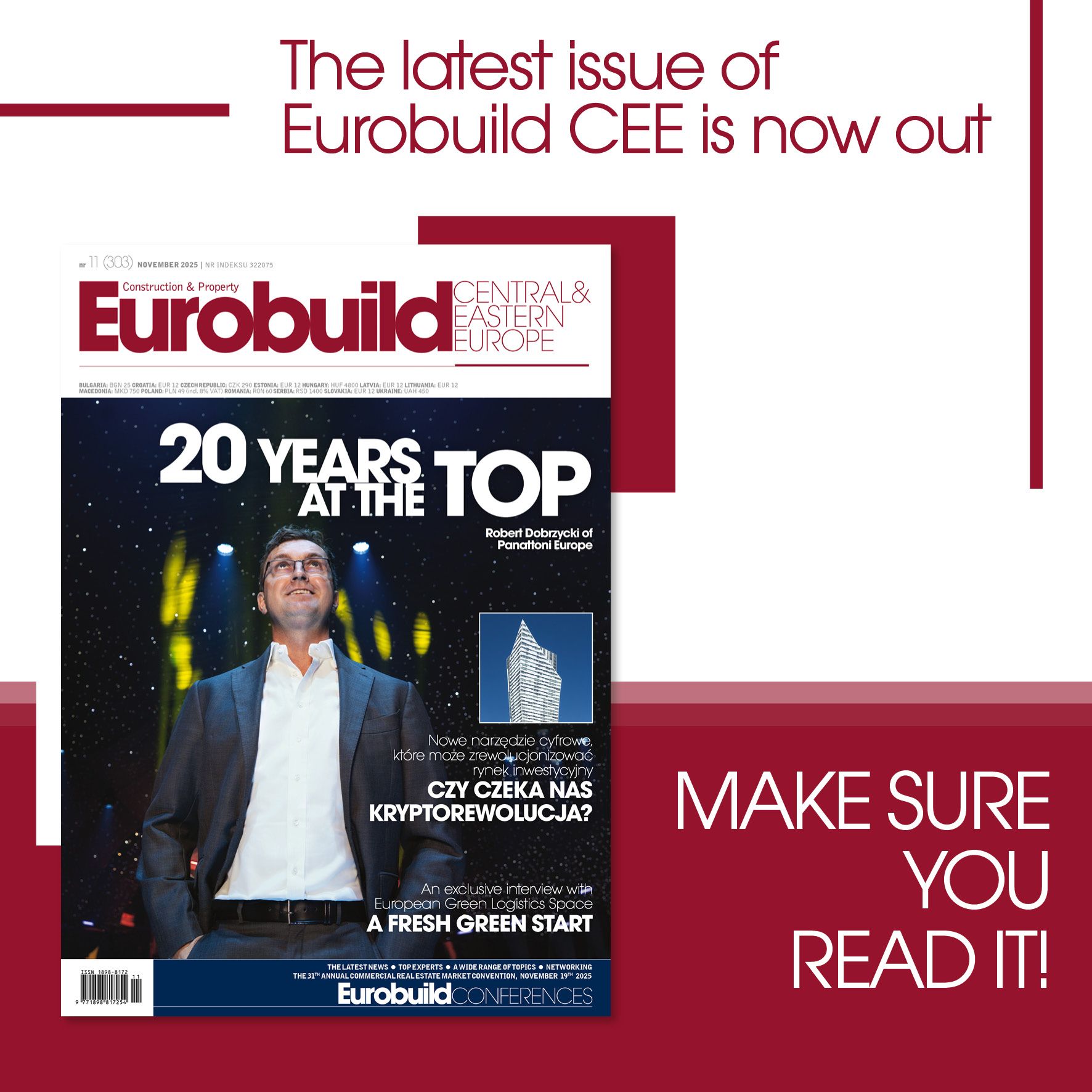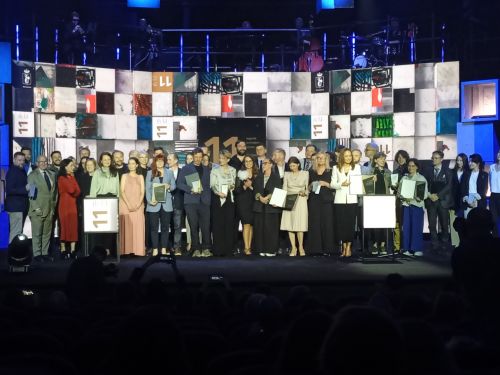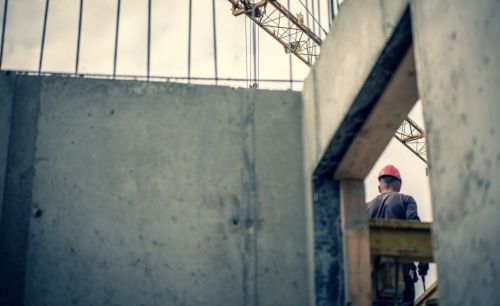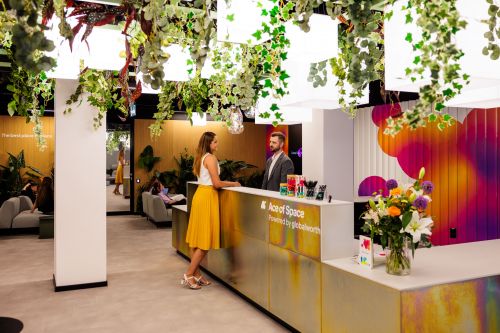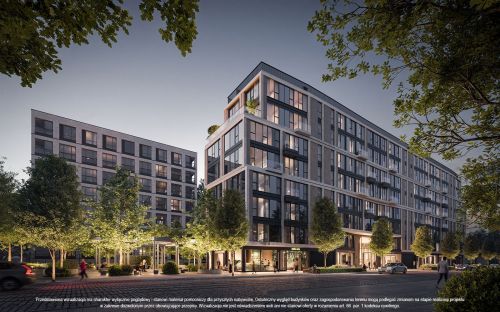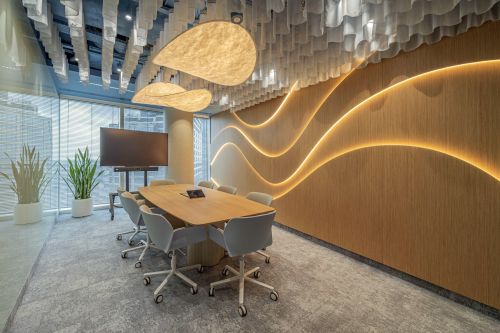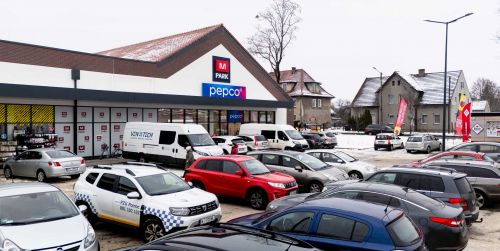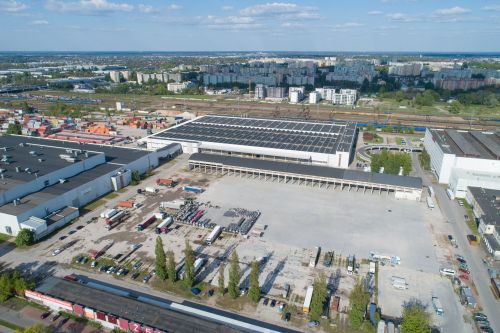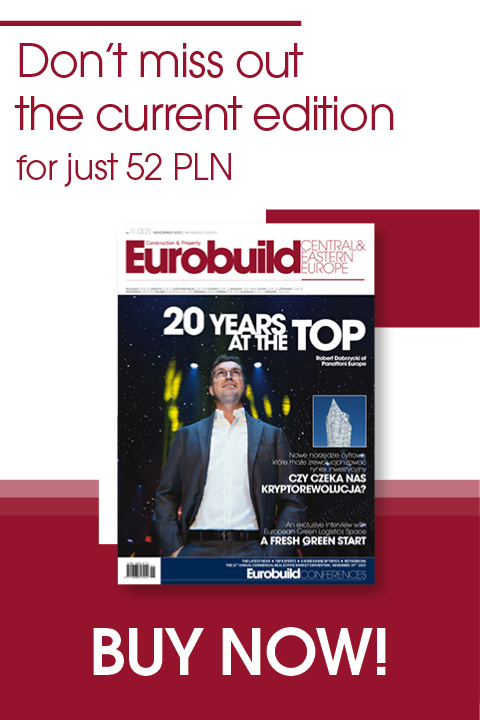<>The city fathers decided that a zone dedicated to science, culture and recreation should be created along the left bank of the Vistula, between two major bridges (Śląsko-Dąbrowski and Średnicowy). Its principal attraction will be Poland's first Centre for Science, the third such investment in the region, following those in Hungary and Estonia. "We want to create a place where one can interact with science, from the basic laws of nature through to astronomy; a building in which modern apparatus will be available for use in experiments, where everything can be touched and individuals can perform experiments. However, this will not just be another science museum," explains Przemysław Wielowiejski of the "Exploratorium Science Centre" group, set up by the city authorities. The prototype of such centres was opened in San Francisco in 1969, on the initiative of Prof. Frank Oppenheimer, since when others have appeared throughout the world: in West Europe, Aust




















